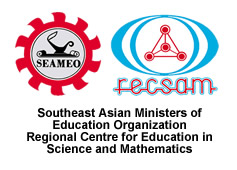Learning Science and Mathematics (LSM) Journal Vol.1, Issue 15, pp 16-29
Development of Framework with Exemplars Using Real-World Context to Teach Probability
Queenie CHIU & Tin Lam TOH
Received first draft 15 June 2020. Received reports from first reviewer (7 July); second reviewer (16 July). Received revised draft 4 October
Accepted: 1 November 2020.
Published: 30 December 2020
Abstract
Teaching of probability in mathematics classrooms has often been reduced to equipping students with a set of algorithmic procedures and formulas to handle similar questions. Being competent with the algorithmic procedures does not necessarily equate to the mastery of probability concepts. In this paper, we conducted a literature review and a study of the recent development of the Singapore Mathematics curriculum. Also tapping on the problem-solving nature of mathematics, we infused the use of real-world context in teaching probability to secondary school students. This is synchronous to the recent development in the Singapore mathematics education in which real-world context has been brought to the foreground into the school mathematics curriculum. In order to help students truly grasp probability concepts through the use of real-world context, we propose a TIDE (an acronym for ‘Tackle students’ misconception, Introduce probabilistic reasoning, Draw connections, and Encourage problemsolving’) framework for designing a mathematics lesson on probability. An exemplar of a probability lesson using the Monty Hall Problem is presented in this paper.
Keywords: Probability education; Probabilistic reasoning; Real-world context; Problemsolving
© 2020 SEAMEO RECSAM LSM Journal
More Article
...

